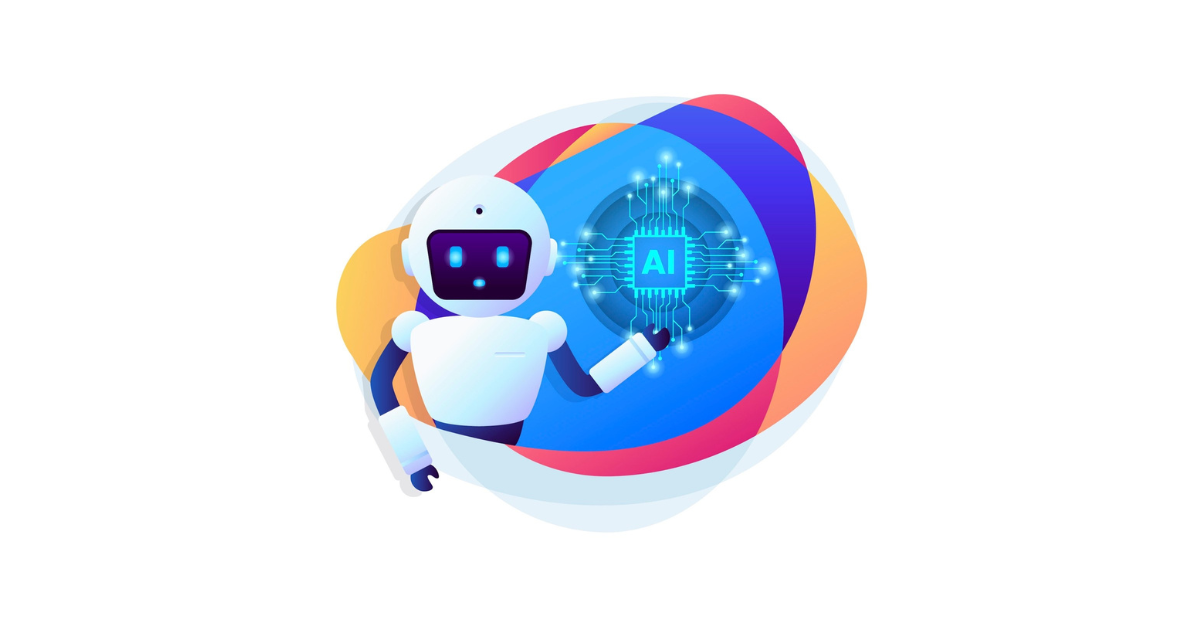Lawyers Guide to AI Models
When it comes to artificial intelligence and the law, many legal professionals find themselves feeling a bit like Andy Dwyer from the show Parks & Recreation. Many have a whole host of questions that seem so rudimentary that they are too afraid to ask. The result is many brilliant attorneys and case teams shy away from the Artificial Intelligence (AI) powered legal technology reshaping the practice of law altogether.
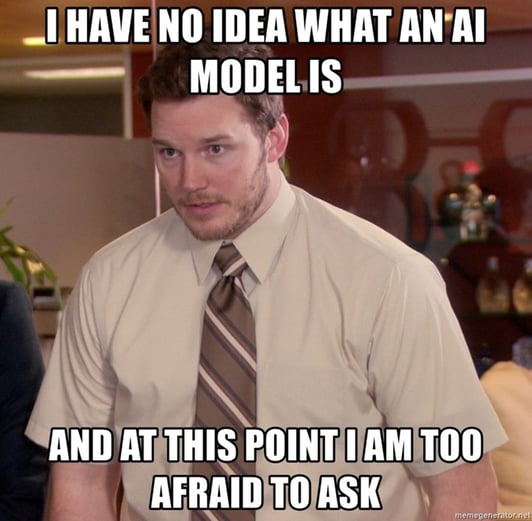
Andy Dwyer: I once forgot to brush my teeth for five weeks. I didn't sell my last car, I just forgot where I parked it. I don't know who Al Gore is, and at this point, I'm too afraid to ask. When they say 2% milk, I don't know what the other 98% is.
Some may find it comical to surmise that legal practitioners from lauded rainmakers to first-year associates are simply luddites, but the reality is that lawyers are not wired, nor taught, to embrace the novel without thorough analysis. Legal professionals are by their nature a skeptical bunch with a tendency for risk aversion and a mind trained to run through all possible worst-case scenario options.
Unfortunately, for the folks playing ostrich, the legal industry is embracing AI tools and leveraging powerful legal tech to improve time to evidence, decision making, and document review at a break-neck pace. Fear not my befuddled friends, this post will be the first in a series designed to demystify all things algorithms, machine learning, and Legal AI for lawyers and legal technologists alike.
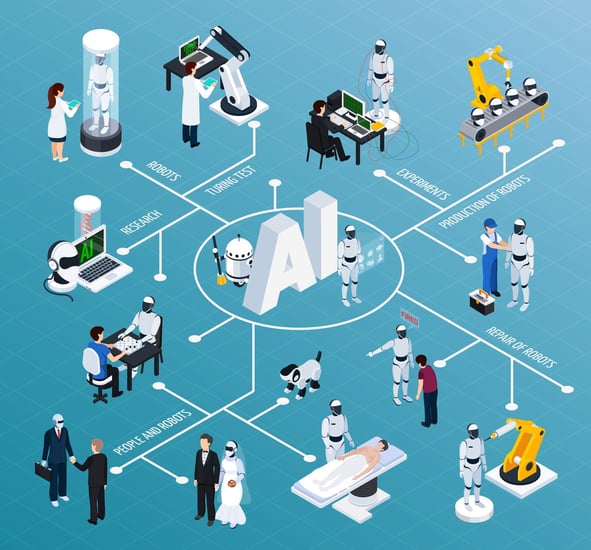
What the heck is AI?
The legal industry is undergoing a technology-driven renaissance today, AI and Machine Learning powered technology is reshaping the scope and delivery of legal services. To understand the impact AI technology is having on the practice of law, let's start simply being defining what the heck AI is and then frame it in the context of the legal services industry.
First coined by John McCarthy over half a century ago, the concept of AI is a simple one: "science and engineering of making intelligent machines.” The goal of all AI is a simple one, to make machines that can replicate human thought or intelligence. More recent articles have built on this basic idea of intelligent machines to a more modern conception of AI focused on a system’s ability to “correctly interpret external data, to learn from such data, and to use those learnings to achieve specific goals and tasks through flexible adaptation.” In plain old English: can a system learn from human or data inputs and perform a job or provide insight as a result?
What is an AI Model?
AI models are the building blocks of AI technology. At the most basic level, an AI model is a program or algorithm that learns how to recognize patterns from a set of data. In AI, these mathematical algorithms (AI models) are “trained” using data and/or human expert input to replicate a decision an expert would make when provided that same information. AI-powered legal technology solutions may be comprised of a single model or multiple models grouped together.
People sometimes confuse AI Models and Machine learning. Machine Learning is a type of AI and so all Machine Learning Models are by default AI models. There are, however, AI Models that are not themselves machine learning models. Some types of models used in AI include Computer Vision models that are taught to see like a human, Natural Language Processing (NLP) Models that learn to interpret speech the way a human would and a variety of Machine Learning Models.
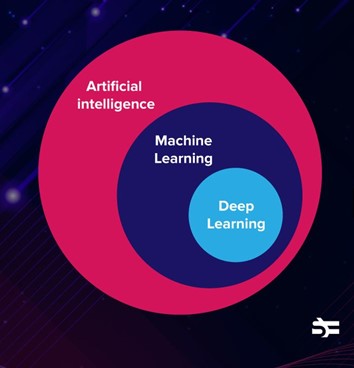
It can be confusing because All Machine Learning models are AI models, but not all AI models are necessarily Machine Learning models.
How does this AI technology learn or get trained? That depends on the method an AI model uses to improve or learn through experience and input of data. There are four main flavors of machine learning models that AI systems use to learn how to find patterns or perform tasks. These models maybe used in workflows that layer multiple models in real-time or sequentially or may use a single model.
Supervised Machine Learning Model
Algorithms learn from human input and labeling within the dataset only at the outset (training in TAR 1.0).
Real-World examples of Supervised Machine Learning include:
- Email spam filters - "is this spam or not spam"
- Fraud Detection - Capital One learns from your behavior what typical transactions are and flags ones that deviate
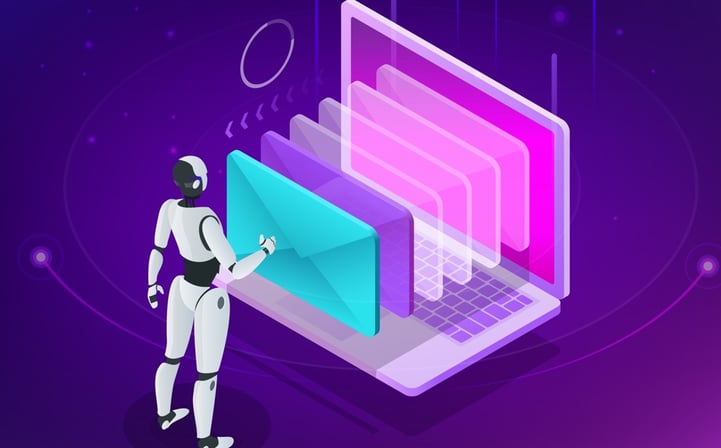
Unsupervised Machine Learning Model
Algorithms make inferences about a data set without human input (Brainspace’s concept clustering, concept categorization, and social network analysis).
Real-World Examples of Unsupervised Machine Learning include:
- Detecting fake likes and bots on social media
- Amazon recommendations for "more like this"
- General Fraud Anomaly detection
- Customer segmentation and targeted marketing based

Reinforcement Machine Learning Model
Algorithms continue to learn from human input in an ongoing way, getting “smarter” over time (TAR 2.0, Reveal AI).
Real World examples of Reinforcement Machine Learning include:
- Netflix Queue - uses supervised machine learning to make recommendations based on past viewing habits
- YouTube recommendations - the platform makes recommendations like Netflix based on past viewing patterns and subscriptions.
- Spotify, iTunes and Pandora - all use a combination of Reinforcement learning through likes and unsupervised learning segmentation to make music suggestions

Computer Vision
Whereas machine learning teaches an AI Model to think like a human, computer vision teaches an AI model to see like a human. This type of AI model can uncover patterns, locate images, and identify similar or dissimilar images. Identifying and searching images and video is incredibly time consuming and computer vision dramatically accelerates time to insight.
Real World examples of Computer Vision include:
- iPhone facial recognition to unlock a smartphone
- Augmented Reality and the Metaverse
- Google Lens - similar image search
- Self-Driving Cars - Like TESLA Autovision
- Medical Diagnosis and cancer detection
- Social distancing tracking and theft detection are two newer use cases
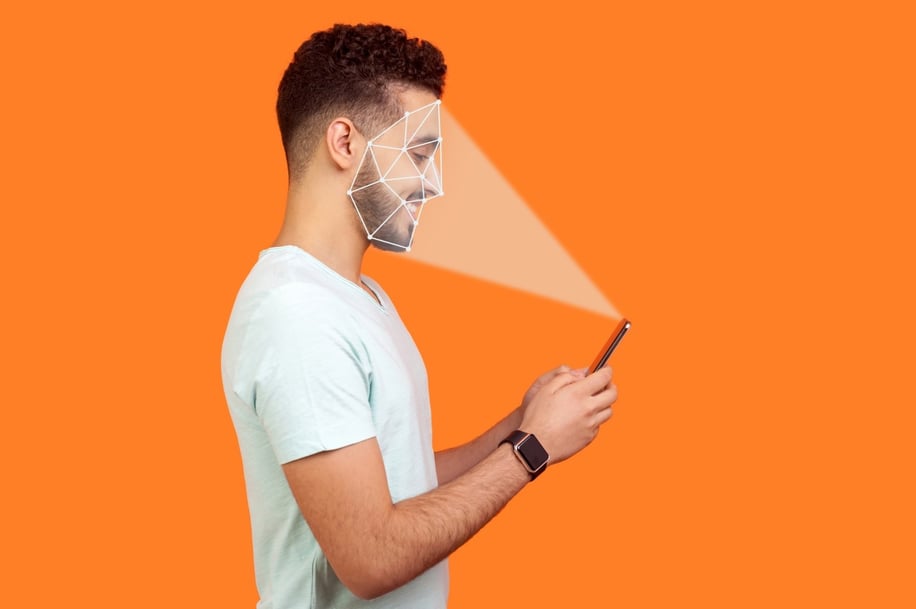
Natural Language Processing
While Computer vision teaches an AI model to see and Machine Learning AI Model teaches a system to think like a human, Natural Language processing teaches a system to understand speech and communication patterns. This AI model has better context and dramatically accelerates the review process for any humans involved.
Real World examples of NLP include:
- Spell check
- Predictive typing and autocomplete even if it sometimes misses the boat
- Voice text messaging
- Related keywords on search engines like Google
- Siri, Alexa, or Google Assistant
- Grammar checkers like Grammarly or Hemingway
- Google Translate
- Chatbots

How are AI models being used in Law?
Legal teams are using AI models in a variety of ways and across a multitude of different practice areas. Law firms and Corporate legal departments alike are benefiting from the improved speed to insight and risk mitigation offered by AI-powered legal tech today. Many Legal Service providers are also embracing AI models and Legal AI broadly for the same reasons.
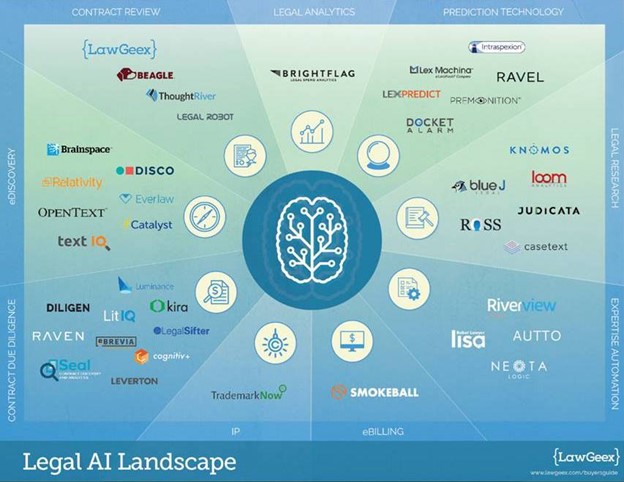
AI is being deployed throughout a myriad of practice areas and aspects of the business of law today. The main areas people are using AI models in law include:
- eDiscovery for litigation and investigations
- Contract analytics
- Due diligence
- Document automation (contracts and some motions)
- Regulatory compliance
- Matter management
- Practice management
- eBilling
- Legal Research
- Case outcome prediction
Legal AI and AI models abound in legal practice today, that much is clear. But you may ask, how specifically are people deploying AI models in these areas? Fear not Continue reading to learn exactly that!
AI Algorithms and AI Solutions that combine multiple AI models are working behind the scenes in many of the tools and processes legal practitioners use every day. And they have come a far cry from the black box people thought of back in the earliest days of Da Silva Moore. AI models and deep learning are amplifying human intelligence and augmenting legal practitioners through surfacing connections and identifying patterns more quickly than unaided reviewers.
Learning algorithms are widely deployed to uncover concepts and issues in a variety of legal documents and helping to inform the legal advice and motion practice of lawyers across the globe.
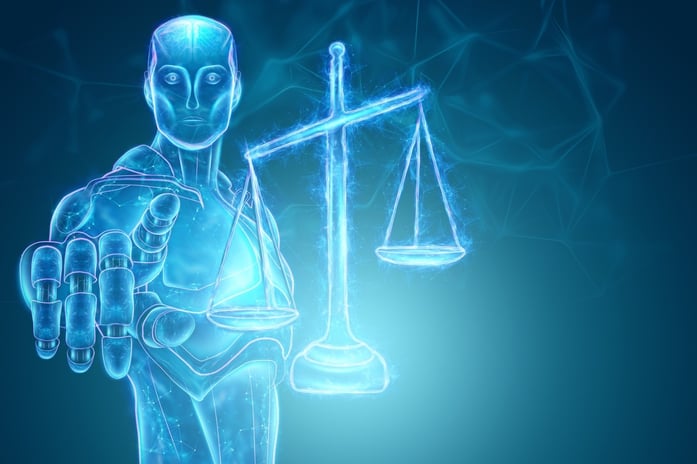
How AI models are being deployed in Legal today?
- Technology Assisted Review 1.0 in eDiscovery - finds documents like what the user coded as responsive or relating to a certain issue.
- Contract Review - SME builds out a taxonomy of clauses and the algorithm finds anomalous clauses or builds a taxonomy for content and the algorithm finds similar clauses or content.
- Employment and Compliance - User identifies specific problematic language or tone and similar documents are surfaced -especially helpful in identifying harassment. This type of model may be layered with unsupervised sentiment analysis to turbo charge insights.
- Reveal's Model Library offers Supervised Machine Learning Models previously created by Data Scientist and SME to help you accelerate deploying models.
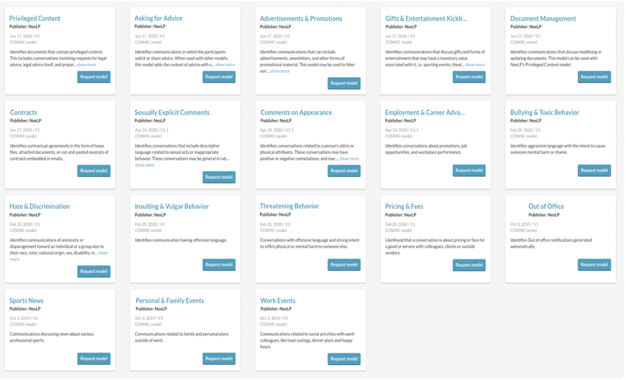
- Brainspace Cluster Wheel uses unsupervised machine learning to highlight key concepts and legal issues across millions of documents and a variety of data types and languages
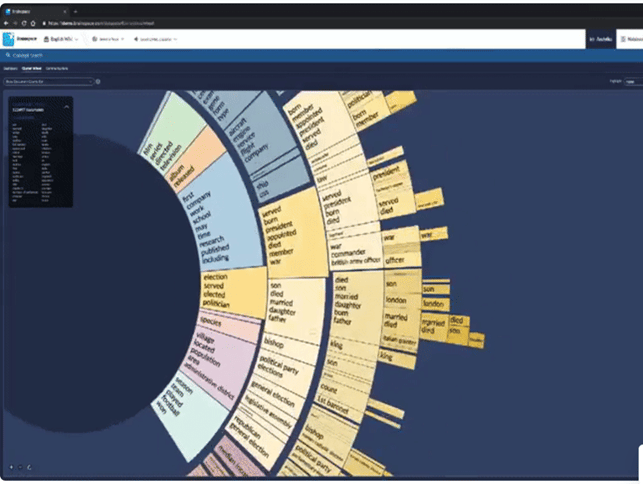
- Tar 2.0 or CAL in eDiscovery - on-going coding input from case teams and document reviewers refines the Reinforcement Machine Learning Model throughout a document review to accelerate time to insight.
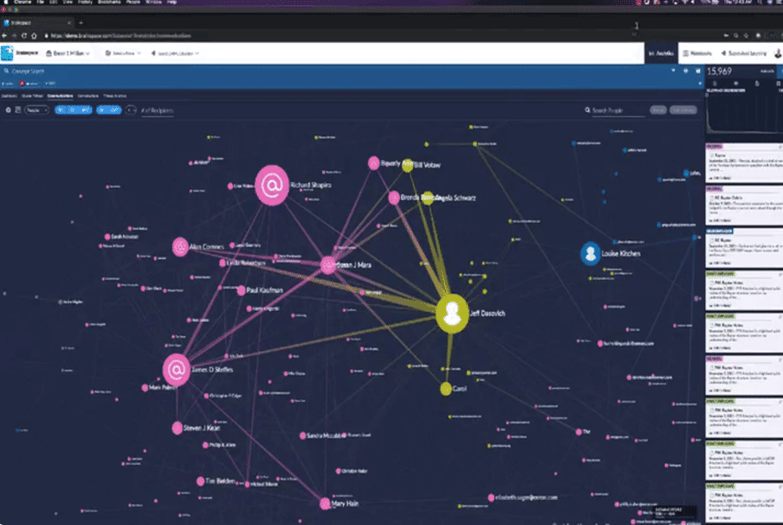
- Social Network Analysis, like Reveal-Brainspace's communication analysis, shows which custodians and speaking with each other and with what frequency.
More to Come....
The next segment of a Lawyers guide to AI Models will dig into specific use cases, and workflows practitioners are using today in order to amplify insights using Legal AI. Stay tuned!

